Canon EOS 600D / Rebel T3i
-
-
Written by Gordon Laing
Quality
Canon EOS 600D / Rebel T3i vs Sony Alpha SLT-A55 Real-life resolution (JPEGs using default settings)
|
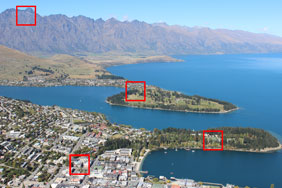 | To compare real-life performance we shot the same scene with the Canon EOS 600D / Rebel T3i and the Sony Alpha SLT-A55 within a few moments of each other using their best quality JPEG settings and base sensitivities. Each camera was fitted with its respective kit lens: the EOS 550D / T2i with the EF-S 18-135mm IS and the D90 with the DX 18-105mm VR. Both lenses were set to f8 in Aperture Priority and adjusted to deliver the same field of view. |
The image above was taken with the Canon EOS 600D / Rebel T3i at 100 ISO with an exposure of 1/400 and the lens set to 24mm f8; the original Large Fine JPEG measured 8.28MB. The crops below are taken from the areas marked with the red squares and presented here at 100%. The crops from the A55 show a slightly larger area due to its slightly lower resolution.
The EOS 600D / T3i becomes the fourth Canon DSLR to feature the company’s 18 Megapixel APS-C CMOS sensor, following the EOS 7D, EOS 550D / T2i and EOS 60D. This gives it a 2 Megapixel ‘advantage’ over the Sony Alpha SLT-A55, and as mentioned above, explains why the crops from the latter show a slightly larger area.
Judging from the crops below taken with the kit lenses and lowest sensitivities though there’s virtually no difference in real-life detail. The main differences between the images regard default processing styles and the quality of the lenses, along with any in-camera corrections applied to them. As we’ve seen before, the Canon defaults for this scene are warmer than the Sony, but the difference in this regard is fairly subtle.
There are however some noticeable differences when it comes to the optical quality of their respective kit lenses. Both perform well towards the middle of the frame, but towards the edges, the Canon kit lens suffers from a little softening and greater coloured fringing. As you’ll see on the next page the fringing can be effectively removed from the EOS 600D / T3i RAW files, but they’re certainly visible on JPEGs if you’re looking for them.
Conversely the Sony A55 crops appear eerily free of coloured fringing. This could be down to superior optics in this regard, or in-camera processing cleaning them up, but the bottom line is JPEGs taken with the kit lens and default setting exhibit noticeably less fringing, which coupled with a little less softening in the corners produces a crisper result.
Ultimately as we’ve said before, you won’t see the full benefit of the Canon 18 Megapixel sensor unless you fit a better quality lens. The standard kit model may be fine for undemanding day-to-day use, but fit it on the 600D / T3i and it’ll deliver images with roughly the same amount of detail as a camera with 15 or 16 Megapixels.
Now head on over to our Canon EOS 600D / Rebel T3i Real-life RAW resolution page where we’ve compared the same crops but this time from RAW files. Alternatively head straight to our High ISO Noise results.
Canon EOS 600D / Rebel T3i : JPEG with Canon EF-S 18-55mm IS II | Sony Alpha SLT-A55: JPEG with Sony SAL 1855 SAM | |
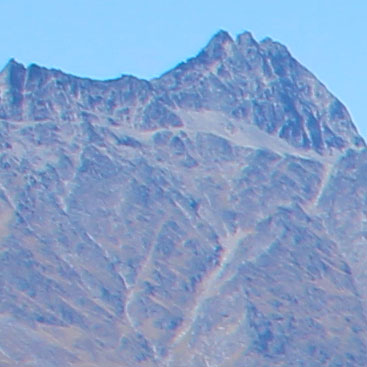 | 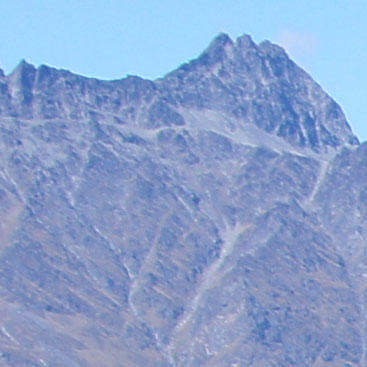 | |
f8, 100 ISO | f8, 100 ISO | |
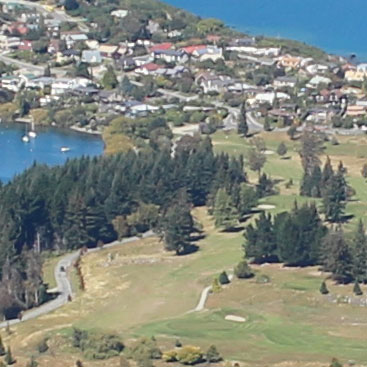 | 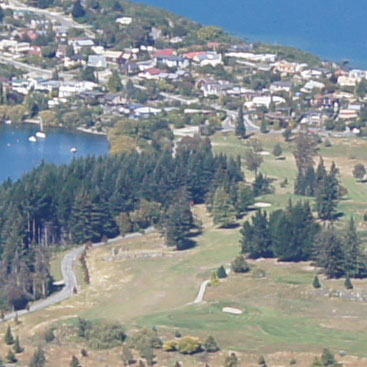 | |
f8, 100 ISO | f8, 100 ISO | |
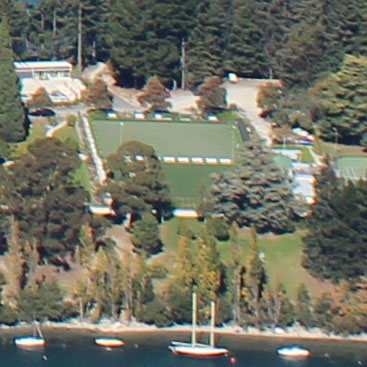 | 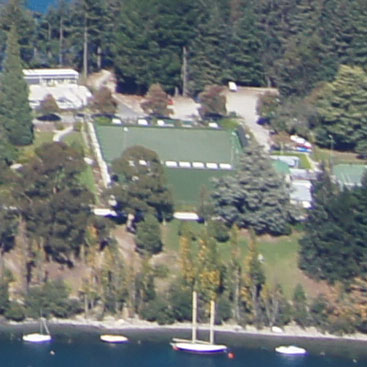 | |
f8, 100 ISO | f8, 100 ISO | |
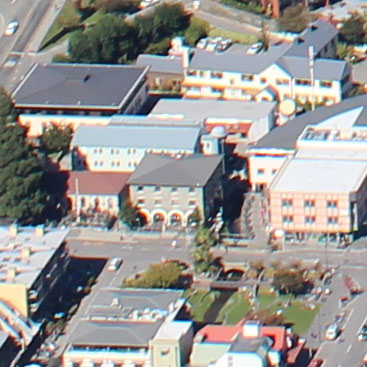 | 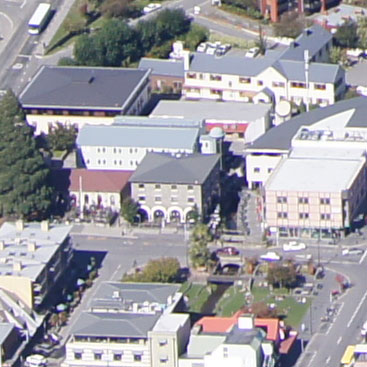 | |
f8, 100 ISO | f8, 100 ISO |
Canon EOS 600D / Rebel T3i vs Sony Alpha SLT-A55 Real-life resolution (RAW files matched)
|
 | To compare real-life performance we shot the same scene with the Canon EOS 550D / Rebel T2i and the Nikon D90 within a few moments of each other using their RAW files and base sensitivities. Each camera was fitted with its respective kit lens: the EOS 550D / T2i with the EF-S 18-135mm IS and the D90 with the DX 18-105mm VR. Both lenses were set to f8 in Aperture Priority and adjusted to deliver the same field of view. |
The image above was taken with the Canon EOS 600D / Rebel T3i at 100 ISO with an exposure of 1/400 and the lens set to 24mm f8; the original RAW file measured 22.05MB. The crops below are taken from the areas marked with the red squares and presented here at 100%. The crops from the A55 show a slightly larger area due to its slightly lower resolution.
We photographed this scene using the RAW plus JPEG modes on each camera, allowing us to directly compare in-camera images against those processed using software later. On this page we’ve compared the RAW files and attempted to match their processing style. The Canon EOS 600D / T3i file was processed using Digital Photo Professional 3.10 with a sharpness of 3, while (following disappointments with Sony’s supplied software) the A55 file was processed using Adobe Camera RAW using the default settings. Fringing and vignetting lens corrections were also applied in both programs, but we left the measured White Balance unchanged on each image as it was already a fairly close match.
Judging from the crops below, there’s not a great deal of difference between the processed RAW files and the original in-camera JPEGs for this particular scene. The Canon EOS 600D / T3i has enjoyed the greatest benefit by eliminating the coloured fringing visible on the JPEGs, thereby delivering a much cleaner result, but there’s arguably no greater tonal or spatial detail here.
Likewise the processed RAW file from the Sony Alpha SLT-A55 looks pretty similar to the in-camera JPEG, although ACR has delivered a fractionally darker image which has pulled-in a few previously bright highlight areas.
With the fringing corrections applied to the Canon image, the overall results are much closer than before, although we’d say the optics of the Sony kit lens are still delivering a slightly superior result across the frame. The degree of real-life detail however remains roughly equivalent.
Now let’s see how each camera compares across its sensitivity range in our Canon EOS 600D / Rebel T3i High ISO Noise results.
Canon EOS 600D / Rebel T3i : RAW with Canon EF-S 18-135mm IS DPP with 3 Sharpening | Sony Alpha SLT-A55 with Sony SAL 1855 SAM ACR with defaults | |
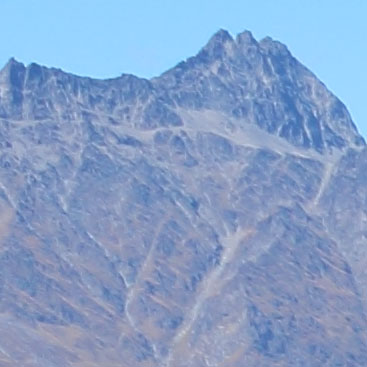 | 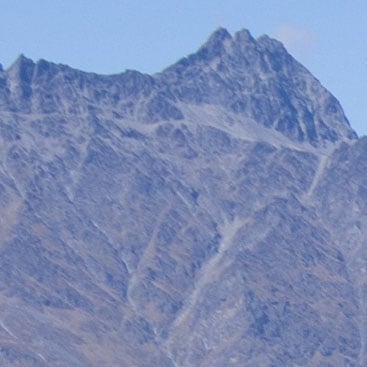 | |
f8, 100 ISO | f8, 100 ISO | |
 | 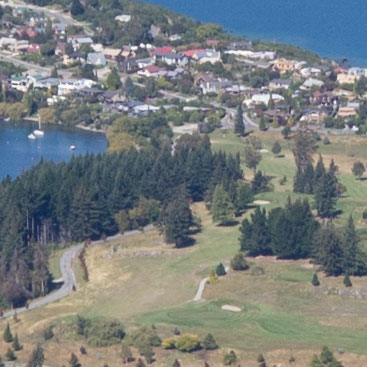 | |
f8, 100 ISO | f8, 100 ISO | |
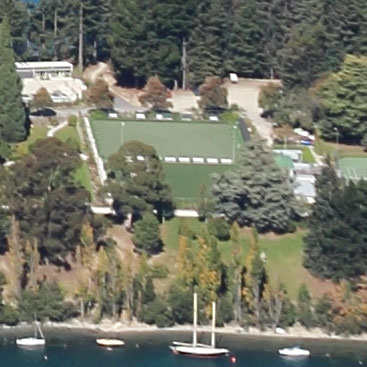 | 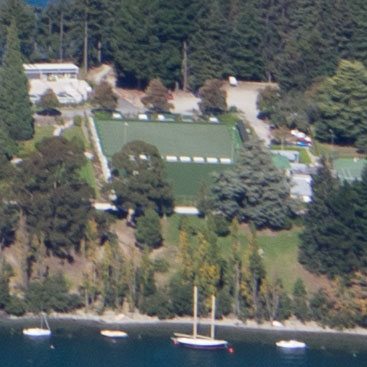 | |
f8, 100 ISO | f8, 100 ISO | |
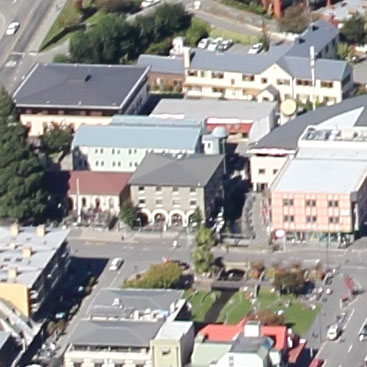 | 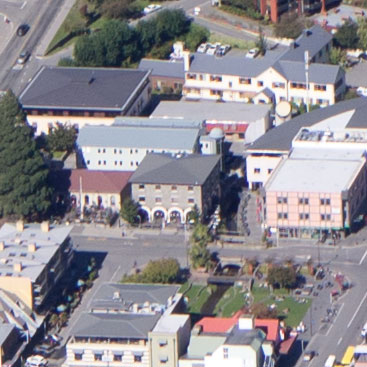 | |
f8, 100 ISO | f8, 100 ISO |
Canon EOS 600D / Rebel T3i vs Sony Alpha SLT-A55 High ISO Noise (JPEGs using default settings)
|
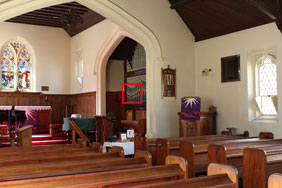 | To compare noise levels under real-life conditions we shot this scene with the Canon EOS 600D / T3i and Sony Alpha SLT-A55 within a few moments of each other using their best-quality JPEG settings and at each of their ISO settings. Each camera was fitted with its respective kit lens: the EOS 600D / T3i with the EF-S 18-55mm IS II and the A55 with the SAL1855 SAM. Both lenses were set to f5.6 in Aperture Priority and adjusted to deliver the same field of view. |
High ISO Noise reduction was set to the default values for each camera, although we disabled any automatic contrast-enhancements as these can introduce noise; as such the Auto Lighting Optimiser and Dynamic Range Optimiser were both disabled on the EOS 600D / T3i and SLT-A55 respectively.
The image above was taken with the Canon EOS 600D / T3i at 100 ISO with an exposure of 0.5 seconds and the lens set to 27mm f5.6; the original Large Fine JPEG measured 5.46MB. We matched the exposure on the A55, although this required +0.3 EV compensation over the metered value. This doesn’t mean one camera was more sensitive than the other, simply that each metered the scene differently; once again, the actual exposures used for each ISO setting below were identical. The crops below are taken from the area marked with a red square and presented here at 100%. The Sony crops show a slightly larger area due to its slightly lower resolution.
The EOS 600D / T3i becomes the fourth Canon DSLR to feature the company’s 18 Megapixel APS-C CMOS sensor, following the EOS 7D, EOS 550D / T2i and EOS 60D. This gives it a 2 Megapixel ‘advantage’ over the Sony Alpha SLT-A55, and as mentioned above, explains why the crops from the latter show a slightly larger area. While the slightly lower resolution of the A55 might give its sensor an small edge in sensitivity over the EOS 600D / T3i, it’s important to remember as an SLT camera, it has a fixed semi-transparent mirror in front of it which permanently reflects away around 30% of the light. With these caveats in mind, let’s see how they compare.
Judging from the 100 ISO crops below and on our first Outdoor Resolution page, there’s little if anything between the two cameras in terms of real-life detail – at least when fitted with their respective kit lenses anyway. The default image processing on the Canon applies greater contrast and sharpening, giving edges a better-definition at first glance, but look closely and there’s no extra detail over the Sony. Indeed look beyond the processing differences and the images from each camera actually look very similar across most of their sensitivity range.
At 100 and 200 ISO both cameras deliver very clean results as you’d hope, and only the most dedicated or pedantic pixel-peepers would notice the very mild textures creeping-in at 400 ISO. With the sensitivity increased to 800 ISO, there’s a tiny increase in noise textures in the shadow areas of both cameras, but again really nothing to worry about. Both are performing very well so far.
At 1600 ISO, both cameras are having to deal with increased noise and adopt slightly different strategies. The Canon is happy to leave some noise visible, whereas the Sony applies greater noise reduction for less visible textures but at the cost of some smearing. We’d say the Canon begins to enjoy and edge here.
At 3200 ISO there’s a noticeable increase in noise artefacts on both cameras, although the detailing on the organ pipes still looks slightly better defined on the Canon. At 6400 and 12800 ISO both cameras are fighting a losing battle against noise, with greatly increased texture artefacts. At a push we’d say the Canon continues to hold onto fractionally more detail, but there’s still not much in it, and at this end of the sensitivity range you’re really in the realms of emergency-use only.
Overall, both cameras perform very similarly between 100 and 800 ISO, with little if any resolution benefit to the Canon. At 1600 ISO and above, some minor differences emerge, with Sony applying greater noise reduction, but ‘looking-through’ the processing, we’d give the Canon a very slight edge on detail retention. This may at first seem odd given its slightly smaller, less sensitive pixels, but remember all the light entering the Canon body makes it to the sensor, whereas on the A55, around 30% is permanently lost due to the fixed semi-reflective mirror.
Coincidentally in an earlier comparison between the EOS 550D / T2i and the 14 Megapixel Alpha SLT-A33, the noise levels and detail remained roughly similar throughout most of the sensitivity range. Clearly the extra two Megapixels on the A55 over the A33 are taking a small toll at the highest sensitivities, but again it’s a minor difference. Each of these high resolution cameras is ultimately limited by the lens you put in front of them, and if it’s the basic kit models, you’ll find little to tell them apart.
Before moving on though, the Alpha SLT-A55, like several Sony cameras, offers a number of innovative modes which stack six images grabbed in a burst to reduce noise. The SLT-A55 offers both a Handheld Twilight mode (which operates automatically), and Multi Frame Noise Reduction (which can be applied manually at any sensitivity). We retested the SLT-A55 immediately after our original sequence of images, using the Multi-Frame Noise Reduction options. You can see these samples next to those from the Canon EOS 600D / T3i below our main sequence – just keep scrolling down to the bottom of the page.
As before, it’s neck-in-neck up to 400 ISO, but at 800 ISO, the A55’s Multi-Frame NR mode delivers a slightly cleaner result without any compromise. At 1600 ISO and up, the A55 does suffer from a little softening, but definitely enjoys cleaner results than the Canon, without the smearing seen on the single-frame samples. Indeed it manages to stay between one and two stops ahead of the Canon right up to 12800 ISO, and even enjoys a brave stab at 25600 ISO which arguably looks as good as the EOS 600D / T3i at between 6400 and 12800 ISO. Obviously this stacking technique works best with static subjects, but it remains a valuable string to the bow of the Sony cameras, and a key advantage over more traditional models. It also more than makes up for the light lost by the fixed mirror.
Returning to the Canon EOS 600D / T3i, it may perform predictably (given we’ve seen the same sensor three times previously), but delivers good-looking high resolution images with a sensible balance between noise reduction and detail retention.
Now lets see more real-life images in our Canon EOS 600D / T3i sample images gallery, where you’ll also be able to download several files for evaluation on your own computers. Alternatively, if you’ve already seen enough, skip straight to our verdict!
Canon EOS 600D / Rebel T3i : JPEG with Canon EF-S 18-55mm IS II | Sony Alpha SLT-A55: JPEG with Sony SAL 1855 SAM | |
 |  | |
100 ISO | 100 ISO | |
 |  | |
200 ISO | 200 ISO | |
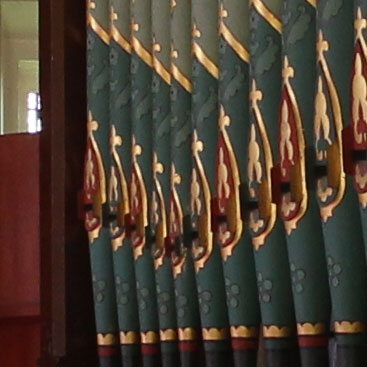 |  | |
400 ISO | 400 ISO | |
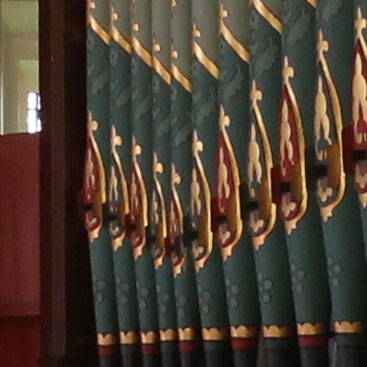 |  | |
800 ISO | 800 ISO | |
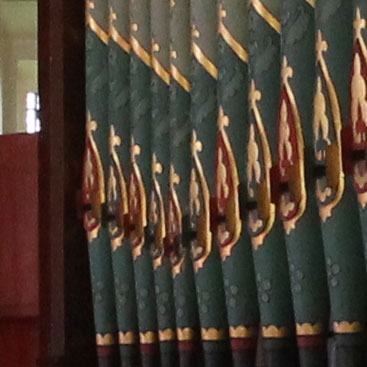 |  | |
1600 ISO | 1600 ISO | |
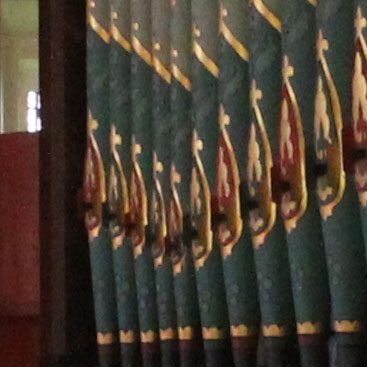 |  | |
3200 ISO | 3200 ISO | |
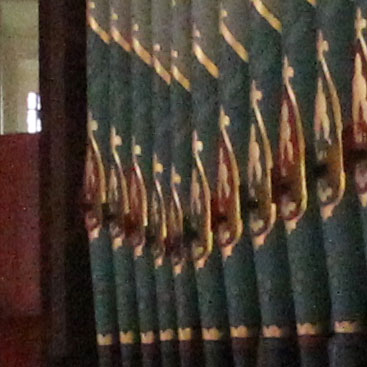 |  | |
6400 ISO | 6400 ISO | |
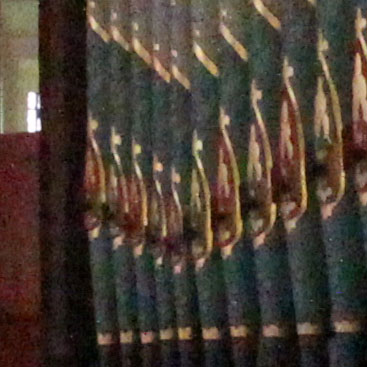 | 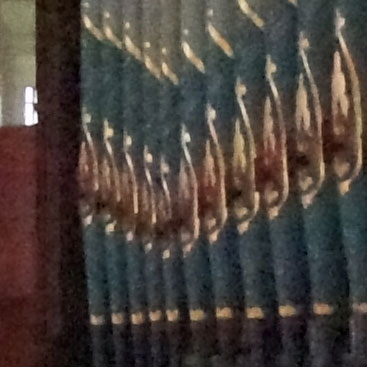 | |
H (12800 ISO) | 12800 ISO |
Canon EOS 600D / Rebel T3i vs Sony Alpha SLT-A55 (Multi-frame Noise Reduction)
Canon EOS 600D / Rebel T3i : JPEG with Canon EF-S 18-55mm IS II | Sony Alpha SLT-A55: Multi-frame NR JPEG with Sony SAL 1855 SAM | |
 |  | |
100 ISO | 100 ISO | |
 |  | |
200 ISO | 200 ISO | |
 |  | |
400 ISO | 400 ISO | |
 |  | |
800 ISO | 800 ISO | |
 |  | |
1600 ISO | 1600 ISO | |
 |  | |
3200 ISO | 3200 ISO | |
 |  | |
6400 ISO | 6400 ISO | |
 |  | |
H (12800 ISO) | 12800 ISO | |
 | ||
25600 ISO not available | 25600 ISO |






